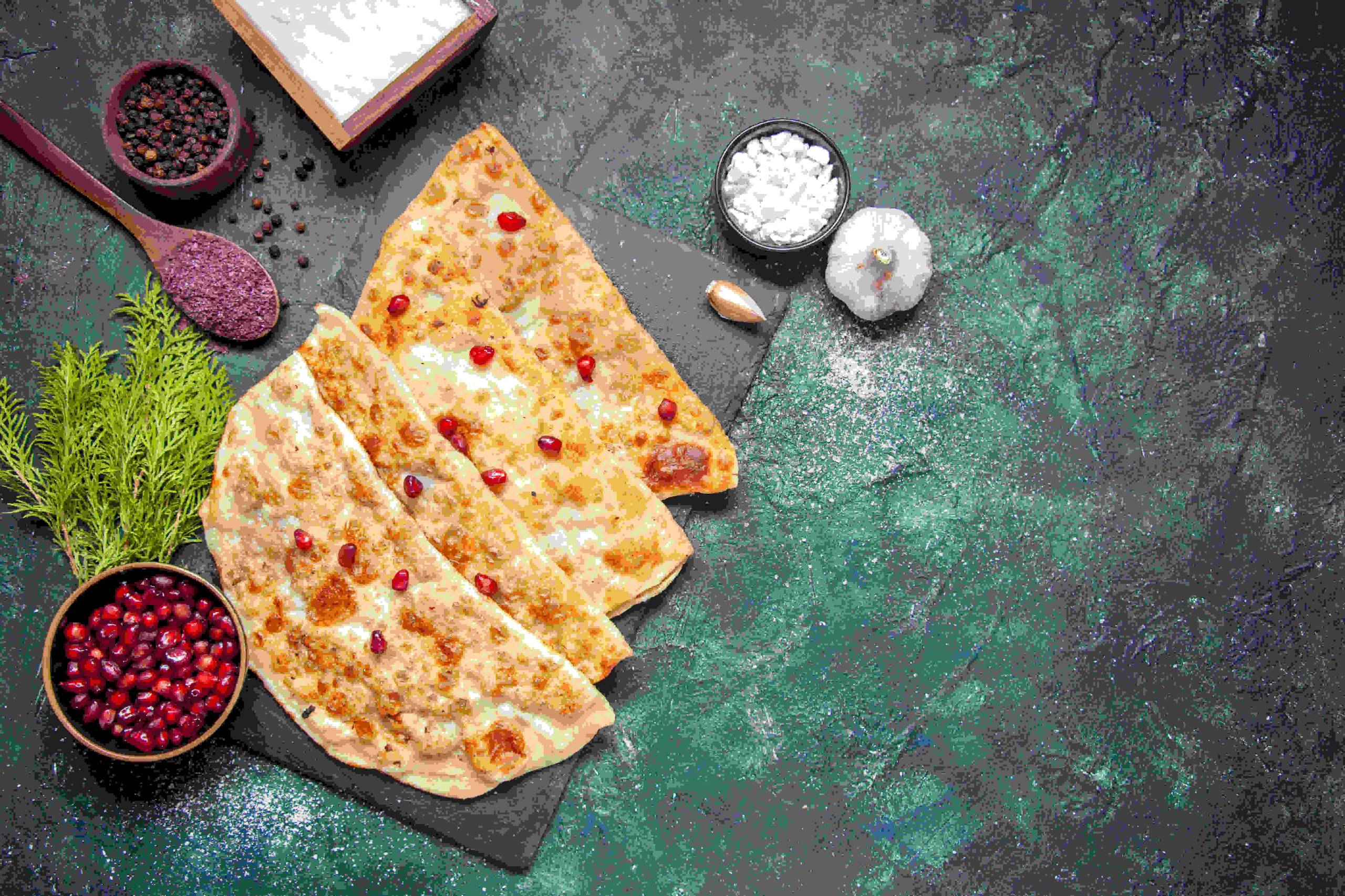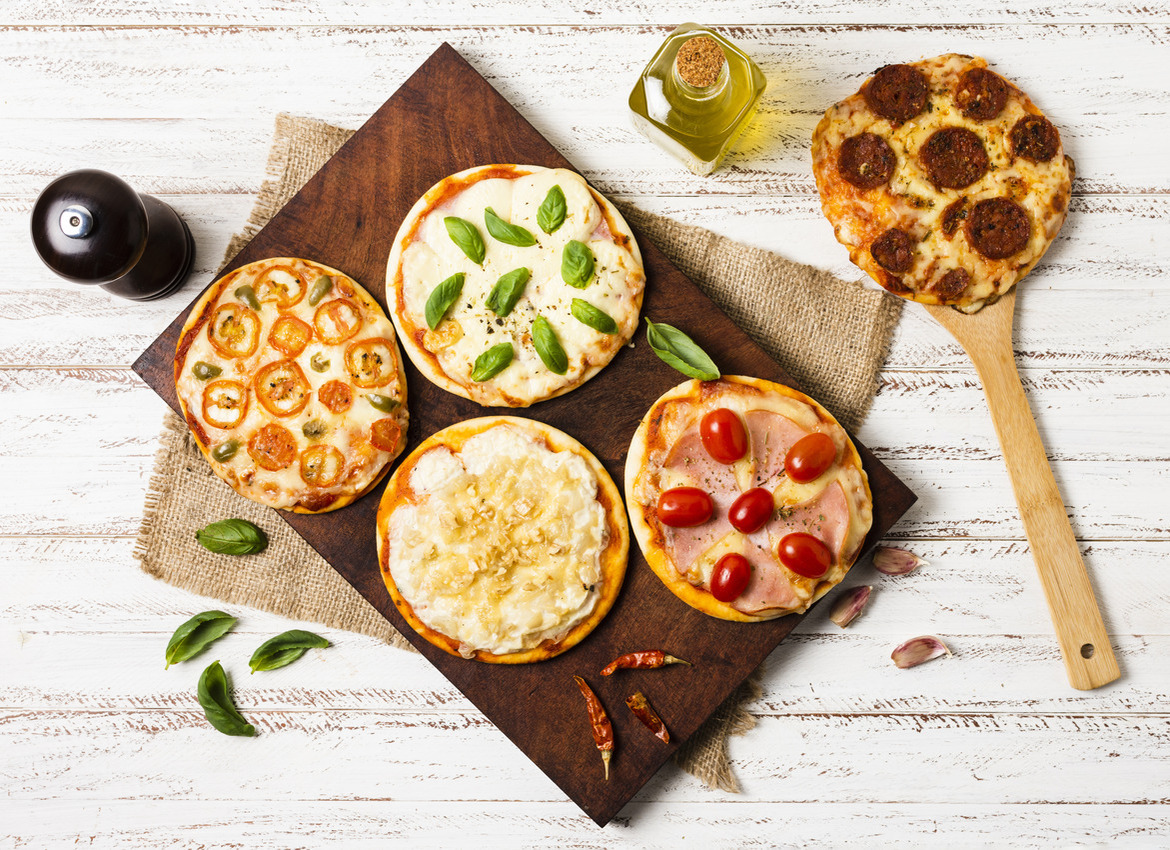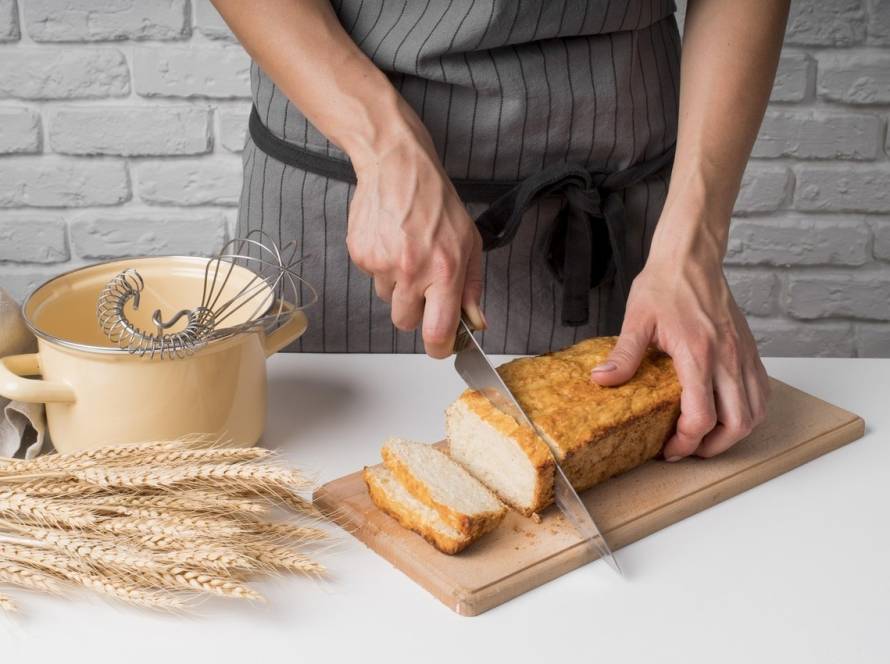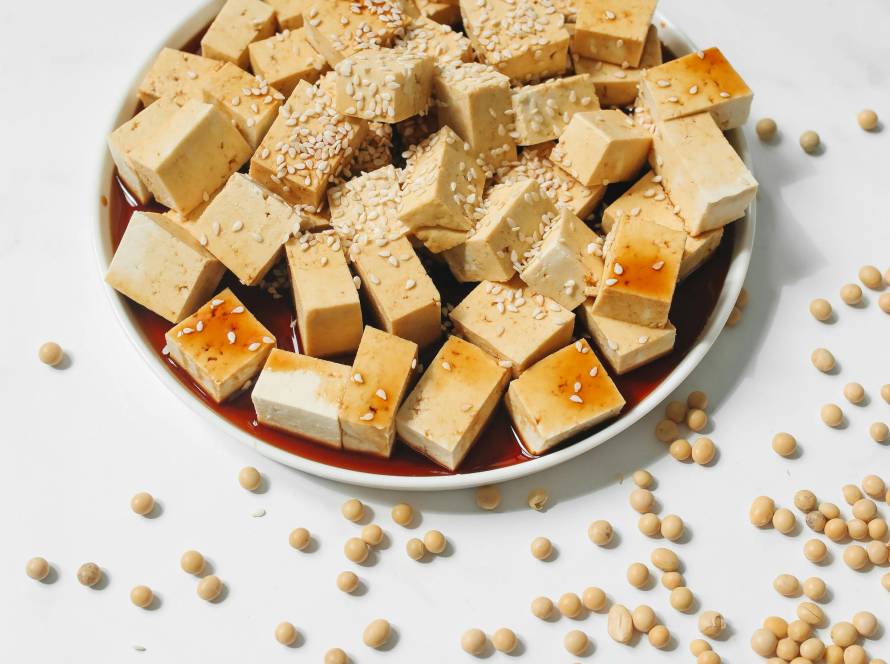Flatbreads are a beloved dish across the globe, enjoyed in many forms, from soft and chewy naan to crispy pizza crusts. For those following a gluten-free diet, the challenge has always been how to replicate the texture and flavor of traditional flatbreads without gluten. Fortunately, with the right ingredients and methods, you can now craft gluten-free versions that are just as satisfying. Whether you’re craving pizza, pita, or a Mediterranean focaccia, gluten-free flatbreads are within reach.
The Science of Gluten-Free Flatbreads
Understanding the role of gluten in traditional flatbreads is key to creating successful gluten-free versions:
- Structure: Gluten provides the elasticity that allows dough to stretch and hold its shape.
- Texture: It contributes to the chewy texture many flatbreads are known for. c) Moisture Retention: Gluten helps retain moisture, keeping breads soft and pliable.
In gluten-free baking, we need to replicate these functions using alternative ingredients and techniques.
Key Ingredients for Gluten-Free Flatbreads
Flour Alternatives
Creating a gluten-free flatbread begins with selecting the right flour. Here are some of the top choices for gluten-free baking:
- Rice Flour: Often used as a base for gluten-free baking, rice flour provides a mild flavor and a good texture when blended with other flours.
- Sorghum Flour: Known for its slightly sweet, mild flavor, sorghum flour helps provide a hearty base for flatbreads.
- Almond Flour: This flour adds moisture and a slightly nutty flavor, which is great for both savory and sweet gluten-free breads.
The Role of Starches
To mimic the elasticity and chewiness that gluten provides, it’s essential to incorporate starches into the dough:
- Tapioca Starch: This starch improves the structure and gives a pleasant chewiness to flatbreads.
- Potato Starch: Often used alongside other flours, potato starch helps in giving the dough a soft, pliable texture.
Binders and Leaveners
In gluten-free flatbreads, binders and leavening agents play an important role:
- Xanthan Gum or Psyllium Husk: These binders help create the elasticity and texture necessary for gluten-free flatbreads.
- Baking Powder: Commonly used in flatbreads that don’t require yeast, baking powder helps the dough rise.
Types of Gluten-Free Flatbreads
Indian-Inspired Flatbreads
- Naan: Traditionally baked in a tandoor, gluten-free versions can be made on a hot skillet or in the oven.
- Chapati: A simple, unleavened flatbread that’s perfect for scooping up curries.
- Dosa: A fermented crepe made from rice and lentils, naturally gluten-free.
Middle Eastern Flatbreads
- Pita: Gluten-free pita can be made with a blend of gluten-free flours and starches.
- Lavash: A thin, crispy flatbread that’s perfect for dips.
Mediterranean Flatbreads:
- Focaccia: A thick, oil-rich bread that can be topped with herbs and vegetables.
- Farinata: A naturally gluten-free flatbread made from chickpea flour.

Techniques for Perfect Gluten-Free Flatbread
Hydration and Resting Time
Gluten-free doughs tend to absorb more liquid than traditional doughs, so it’s important to adjust the amount of water or liquid in your recipe. Additionally, resting the dough allows the flour to fully hydrate, resulting in a smoother texture.
Use of Oils and Fats
Adding a bit of olive oil or other fats to your dough can enhance the flavor and texture, creating a more tender and flavorful flatbread. Fats also help improve the browning process during baking.
Popular Gluten-Free Flatbread Variations
Gluten-Free Pizza
Pizza, a classic flatbread favorite, can be made gluten-free with the right flour blend. Whether you prefer a thin and crispy crust or a thicker, chewy base, you can easily adapt your favorite pizza recipe to be gluten-free.
- Tip: For the crispiest pizza crust, use a pizza stone or cast iron skillet to cook your dough.
Gluten-Free Naan
Traditionally made in a tandoor oven, gluten-free naan can be made on a skillet or baked in the oven. Adding yogurt to the dough not only improves texture but also helps achieve that characteristic soft, pillowy feel.
Gluten-Free Pita
Pita is a versatile flatbread perfect for wraps or dipping. Gluten-free pita can be made using a combination of rice flour and potato starch for the best texture.
Gluten-Free Flatbreads for Every Lifestyle
No matter your dietary preferences — whether you’re vegan, low-carb, paleo, or simply gluten-intolerant — there’s a gluten-free flatbread that fits your lifestyle. These versatile breads can be customized using nutrient-rich flours, seeds, or vegetables, making them perfect for any meal plan. From hearty sandwich wraps to light, crisp sides for soups or salads, gluten-free flatbreads offer both health and flavor without compromise.
Vegan and Gluten-Free Flatbread Ideas
Vegan and gluten-free flatbreads are ideal for plant-based eaters who want healthy alternatives without sacrificing taste. Use Gluten-free ingredients like chickpea flour, mashed sweet potatoes, or quinoa for nutritious, dairy-free, and egg-free flatbread options. These recipes pair well with hummus, grilled veggies, or dairy-free cheeses — perfect for wraps, pizzas, or snacks.
Low-Carb and Paleo Flatbread Recipes
For those following a paleo or low-carb diet, gluten-free flatbreads made from almond flour, coconut flour, or cauliflower offer delicious and satisfying alternatives to traditional breads. These recipes are high in healthy fats, grain-free, and packed with protein — making them a smart choice for keto-friendly meals and clean eating.
Mastering Gluten-Free Pizza
Pizza is perhaps the most beloved flatbread, and creating a great gluten-free version is a true art:
Crust Types
- Thin and Crispy: Ideal for those who love a cracker-like base.
- Thick and Chewy: More challenging but possible with the right flour blend and techniques.
- Stuffed Crust: Yes, it’s possible even in gluten-free versions!
Pizza Dough Tips
- Use a mix of flours and starches for the best texture.
- Add olive oil for flavor and to improve texture.
- Par-bake the crust before adding toppings to prevent sogginess.
Toppings
- Classic Margherita: Fresh mozzarella, tomatoes, and basil.
- Veggie Supreme: Load it up with your favorite vegetables.
- BBQ Chicken: A sweet and savory option.
- Dessert Pizza: Try a fruit-topped version with a sweetened crust.
Cooking Methods
- Pizza Stone: Preheat the stone for a crispy bottom crust.
- Cast Iron Skillet: Great for a thicker, pan-style pizza.
- Grill: For a smoky flavor and crisp texture.
Storing and Reheating Gluten-Free Flatbreads
- Store cooled flatbreads in an airtight container at room temperature for 1-2 days.
- For longer storage, freeze with parchment paper between each piece.
- Reheat in a toaster, oven, or on a skillet for best results.
Troubleshooting Common Issues
- Dry and Crumbly: Increase liquid or fat in the recipe.
- Too Dense: Try adding more leavening agent or allowing for a longer rise time.
- Sticky Dough: Add more flour blend or reduce liquid slightly.
Recipe: Basic Gluten-Free Pizza Dough
This is a simple Gluten-Free Flatbread Recipe:
Ingredients:
- 1 cup rice flour
- 1/2 cup tapioca starch
- 1/2 cup potato starch
- 1 tsp xanthan gum
- 1 tsp salt
- 1 tbsp active dry yeast
- 1 tbsp sugar
- 2 tbsp olive oil
- 1 cup warm water
Instructions:
- Mix dry ingredients in a large bowl.
- Add olive oil and water, mix until a smooth dough forms.
- Cover and let rise in a warm place for 1 hour.
- Preheat oven to 425°F (220°C).
- Press dough onto a greased baking sheet.
- Par-bake for 10 minutes.
- Add toppings and bake for an additional 15-20 minutes until crispy and golden.
Gluten-free flatbreads and pizzas are not only possible but can be absolutely delicious. With the right ingredients, techniques, and a bit of practice, you can create flatbreads that everyone will enjoy, regardless of dietary restrictions. Whether you’re craving a soft naan to accompany your curry, a crispy base for your favorite pizza toppings, or a versatile flatbread for sandwiches and wraps, the world of gluten-free flatbreads is full of delicious possibilities. So heat up that oven, dust off your rolling pin, and get ready to explore the wonderful world of gluten-free flatbreads!
Conclusion
Mastering gluten-free flatbreads opens up a world of culinary possibilities. Whether you’re craving a soft naan to go with your curry, a crispy pizza crust to top with your favorite ingredients, or a quick pita for a sandwich, the right techniques and ingredients can deliver satisfying, gluten-free results. Embrace the adventure of gluten-free baking and discover how easy and delicious it can be to make these beloved flatbreads at home.
FAQ
What Is The Best Pan To Use To Cook Flatbreads?
The best pan for cooking flatbreads is a cast-iron skillet or a non-stick skillet. These pans provide even heat distribution, helping achieve a crispy, golden crust. A well-seasoned cast-iron skillet offers excellent heat retention, while a non-stick pan ensures easy flipping and less oil usage.




